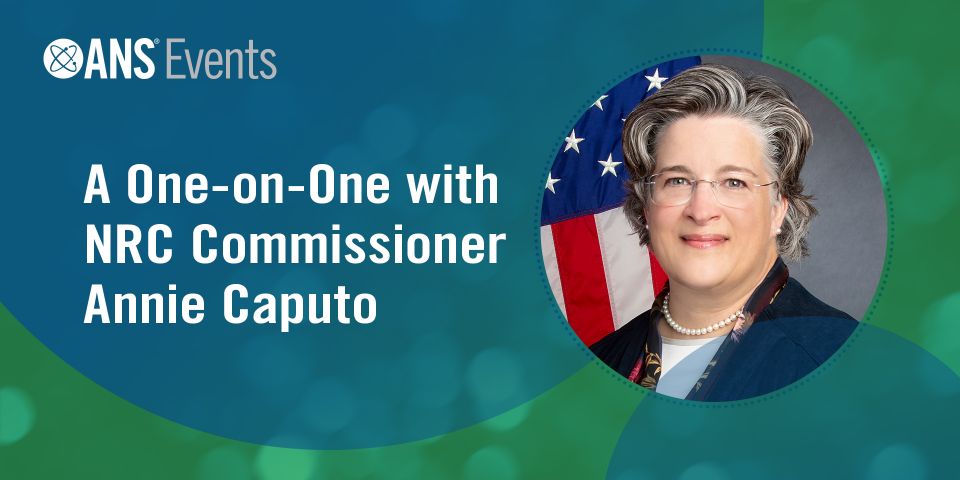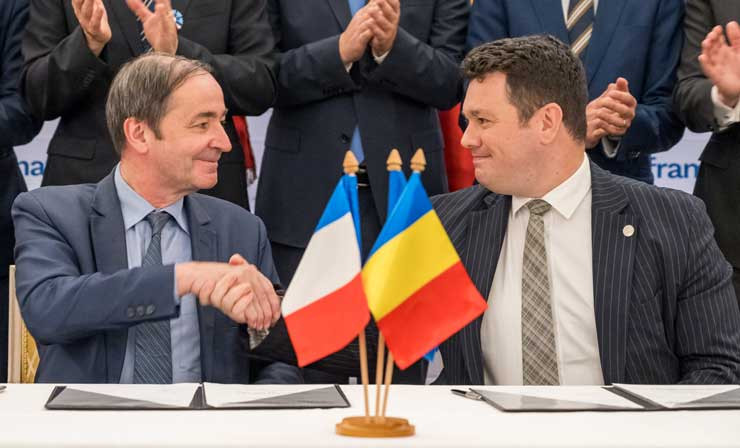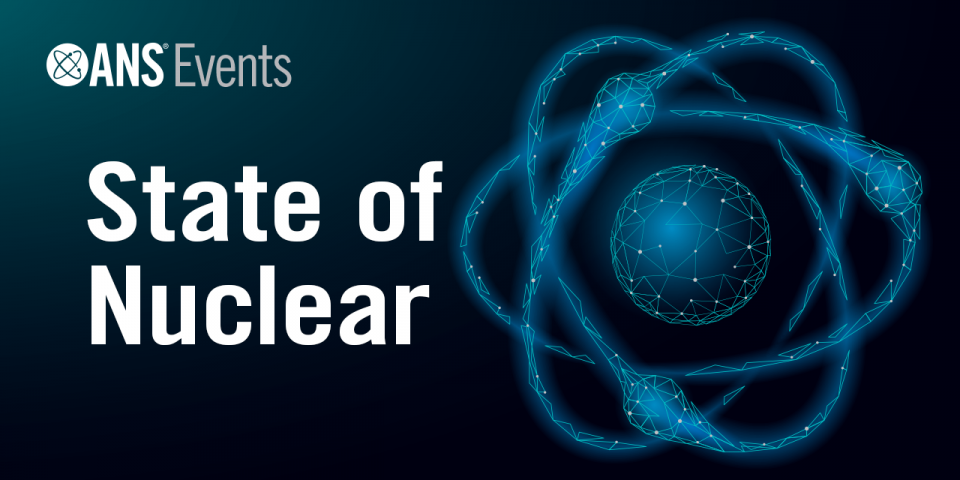The talk: In his talk, Piercy explored the viability of nuclear power deployment despite the large upfront investment required. The development of any new sector requires large infrastructural and technological advancement, and nuclear is no different, he said. A fundamental part of an initial investment is the time it takes to get prices down to a competitive rate. Piercy also marked the rapid increase in energy demand from the artificial intelligence and data center sectors as a key driver for a new era for nuclear power.
MURR plays a critical role in the cancer-treating isotope supply chain and is a national leader in radioisotope production. Its isotopes treated 450,000 cancer patients last year, and it produces four isotopes that no other reactor in the U.S. supplies to the medical industry. As such, Piercy reminded the audience that, along with meeting future energy needs, reactors like MURR are “a national treasure” delivering irreplaceable and “life-saving medical therapies around the country and the world.”
Along with looking to the future, Piercy acknowledged nuclear’s mixed legacy in Missouri, where events like Coldwater Creek’s thorium-230 contamination and ensuing remediation costs have left lingering fears over the disposal of nuclear waste and site safety. Piercy spoke to both these concerns, exploring recent developments in and ongoing research on fuel recycling and reactor safety.
Quotable: “If we're building a future that we think is a better future, we need to be investing, we need to be looking forward. We can't just be thinking about what the price of electricity is on Tuesday,” said Piercy, summarizing the vitality of big-picture thinking when it comes to the energy future.
MURR details: The ribbon-cutting marked the official opening of MURR West, a $20 million, three-story, 47,000-square-foot addition to the existing MURR North. Researchers at the facility plan to use this space to conduct more research and medical isotope production while collaborating with a greater number of industry partners.
“The opportunities that MURR West will provide in 2025 and beyond will save even more lives by changing the landscape of nuclear and cancer research,” said Todd Graves, chair of the University of Missouri Board of Curators.
This expansion also comes with an initiative at the University of Missouri to eventually build a 20-MWe research reactor, dubbed NextGen MURR, which will expand on the current 10-MWe MURR. The plan is still in the early stages of development.





